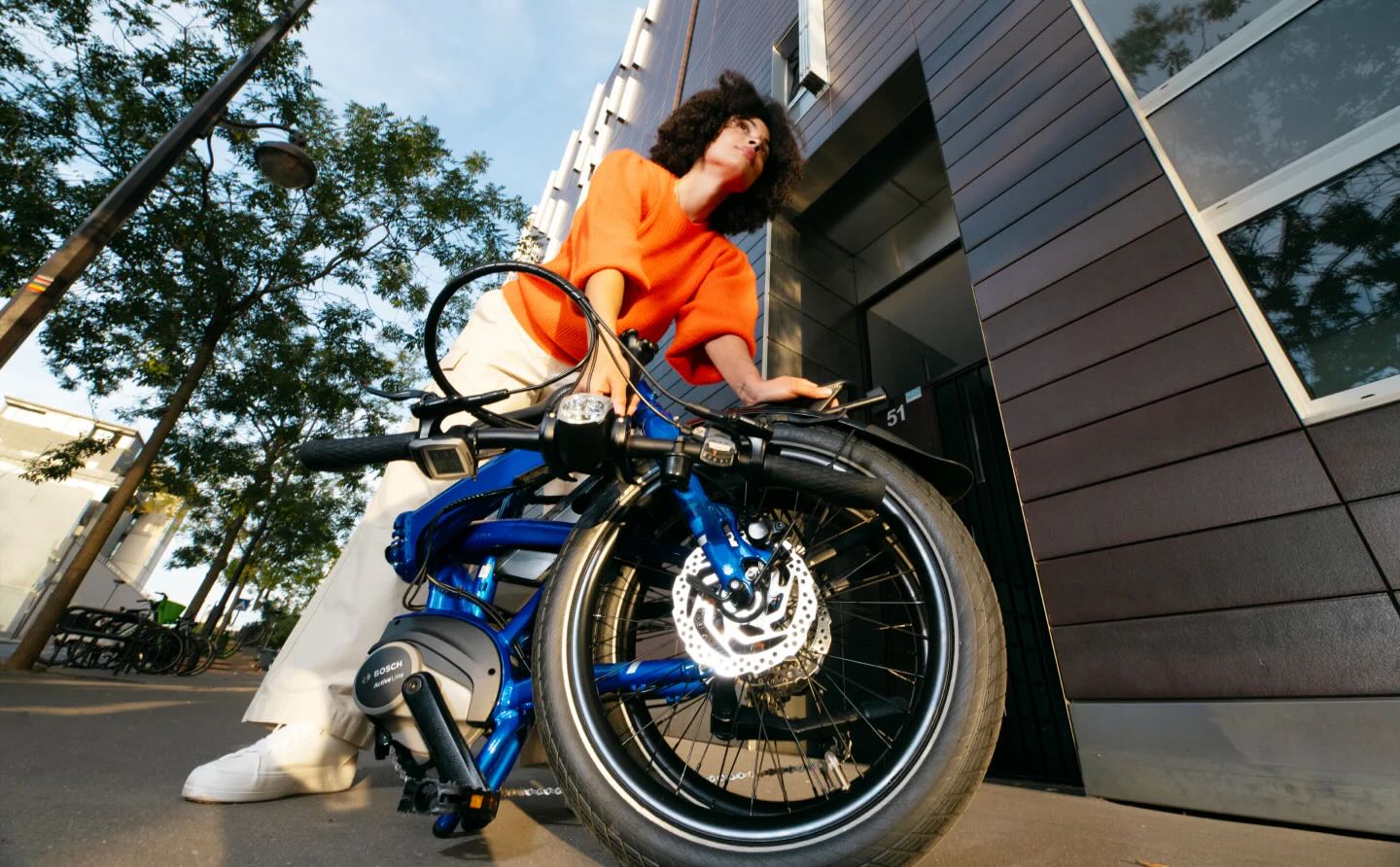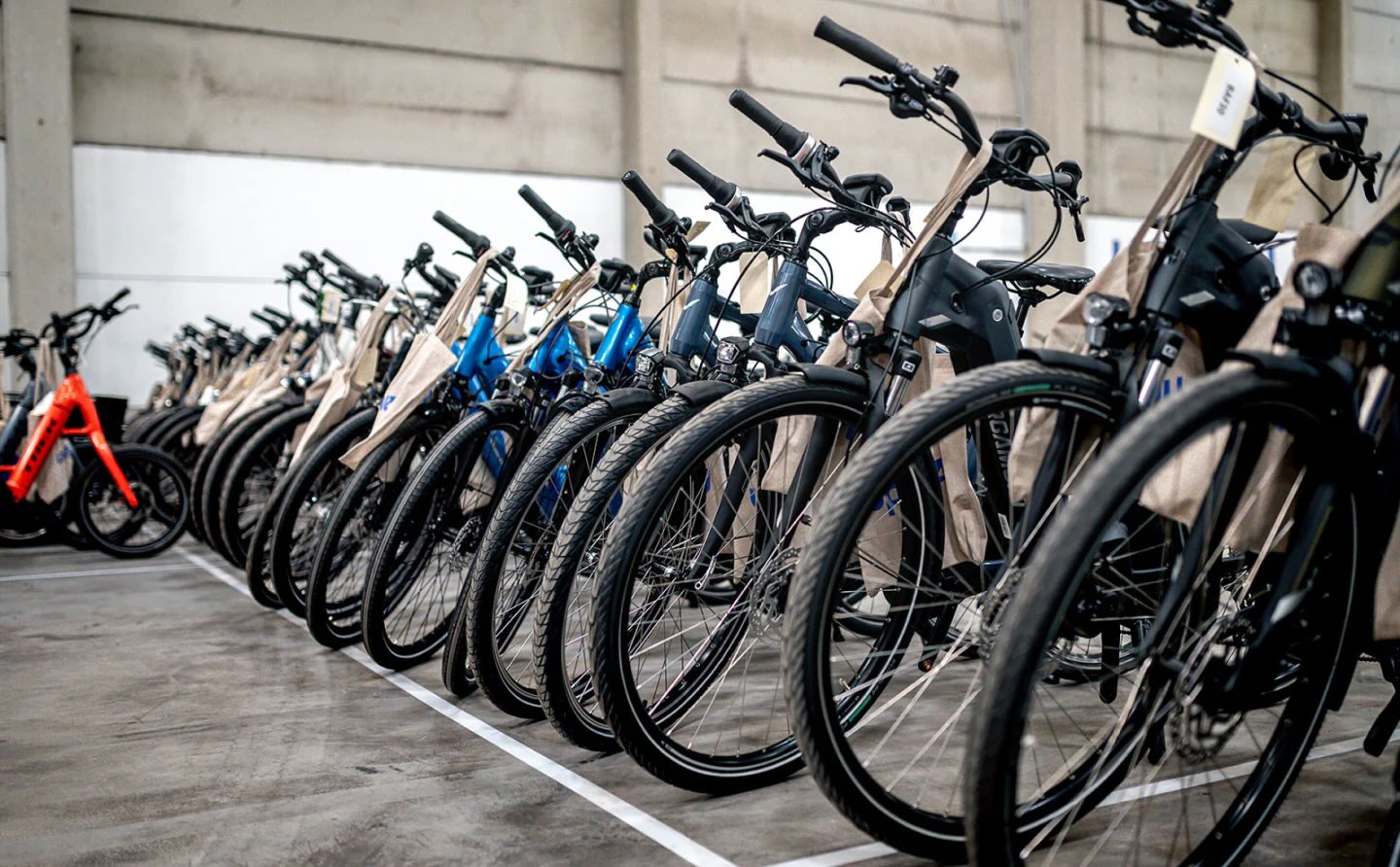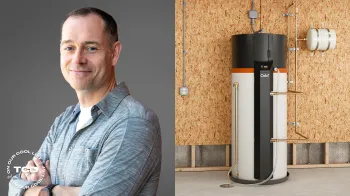Artificial intelligence and 3D laser scanning have been deployed across New Zealand's North Island to accurately map its planted radiata pine tree growth, providing key insights to its forestry industry.
Experts from New Zealand and Flinders University in South Australia drove the scanning efforts, as an article shared by Phys.org explained, providing them with spatially explicit details about forest extent, age, and volume for the variety of pine plantations there.
"In New Zealand, where radiata pine plantations dominate the forestry sector, the current national forest description lacks spatially explicit information and struggles to capture data on small-scale forests," said Dr. Pearse from the College of Science and Engineering at Flinders University.
Plantations aren't a substitute for natural, wild-grown forests, but they can alleviate the pressures of deforestation. These planted regions can supply industrial-grade timber and fiber, which New Zealand relies upon for export trading, as the report explained.
The nearly 1.8 million hectares of radiata pine used for forestry are also expected to play a major role in helping the country achieve its target of net-zero emissions.
"We combined deep learning-based forest mapping using high-resolution aerial imagery with regional airborne laser scanning data to map all planted forest and estimate key attributes," added Dr. Pearse.
Watch now: Company turns wood from torn-down urban buildings into heirloom-quality furniture
Follow-up research shared by Flinders further explained, "We propose satellite-based harvest detection and digital photogrammetry to continuously update the initial forest description. This methodology enables near real-time monitoring of planted forests at all scales and is adaptable to other regions with similar data availability."
There are nearly 140 million hectares of planted forest across the globe, with half of that number located in the tropics or subtropics. Even small localized plantations help to offset deforestation while providing building materials and fuel for nearby residents.
Data from the Global Forest Watch showed that between 2001 and 2019, forests sequestered nearly twice as much carbon dioxide as they emitted, absorbing 7.6 billion metric tonnes of CO2 per year, helping keep the Earth cool.
Protecting forests is key to keeping our climate stable, and projects like the Brazil Restoration and Bioeconomy Finance Coalition, which pledged to invest $10 billion by 2030 to protect rainforest in the country, are helping to make a difference.
TCD Picks » Upway Spotlight

|
Would you want to work inside a 3D-printed building?
Click your choice to see results and speak your mind. |
Join our free newsletter for weekly updates on the latest innovations improving our lives and shaping our future, and don't miss this cool list of easy ways to help yourself while helping the planet.


















